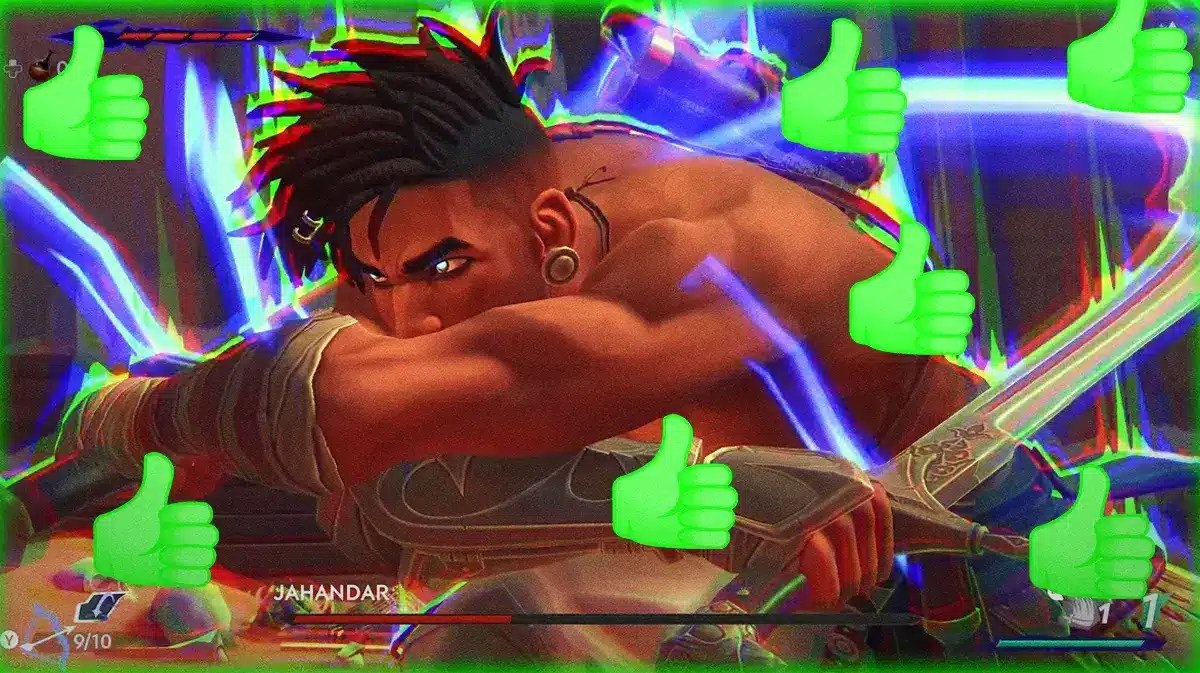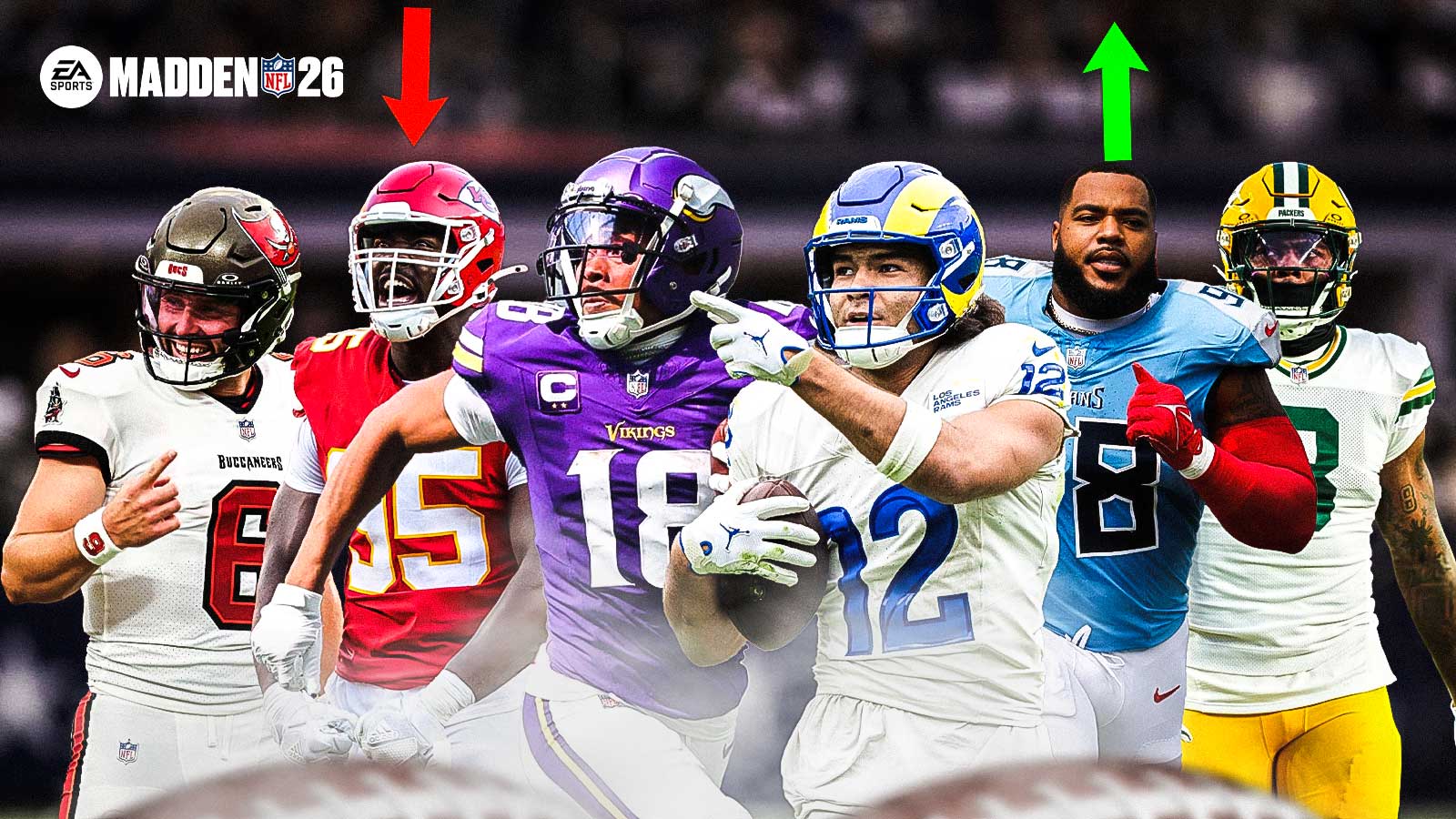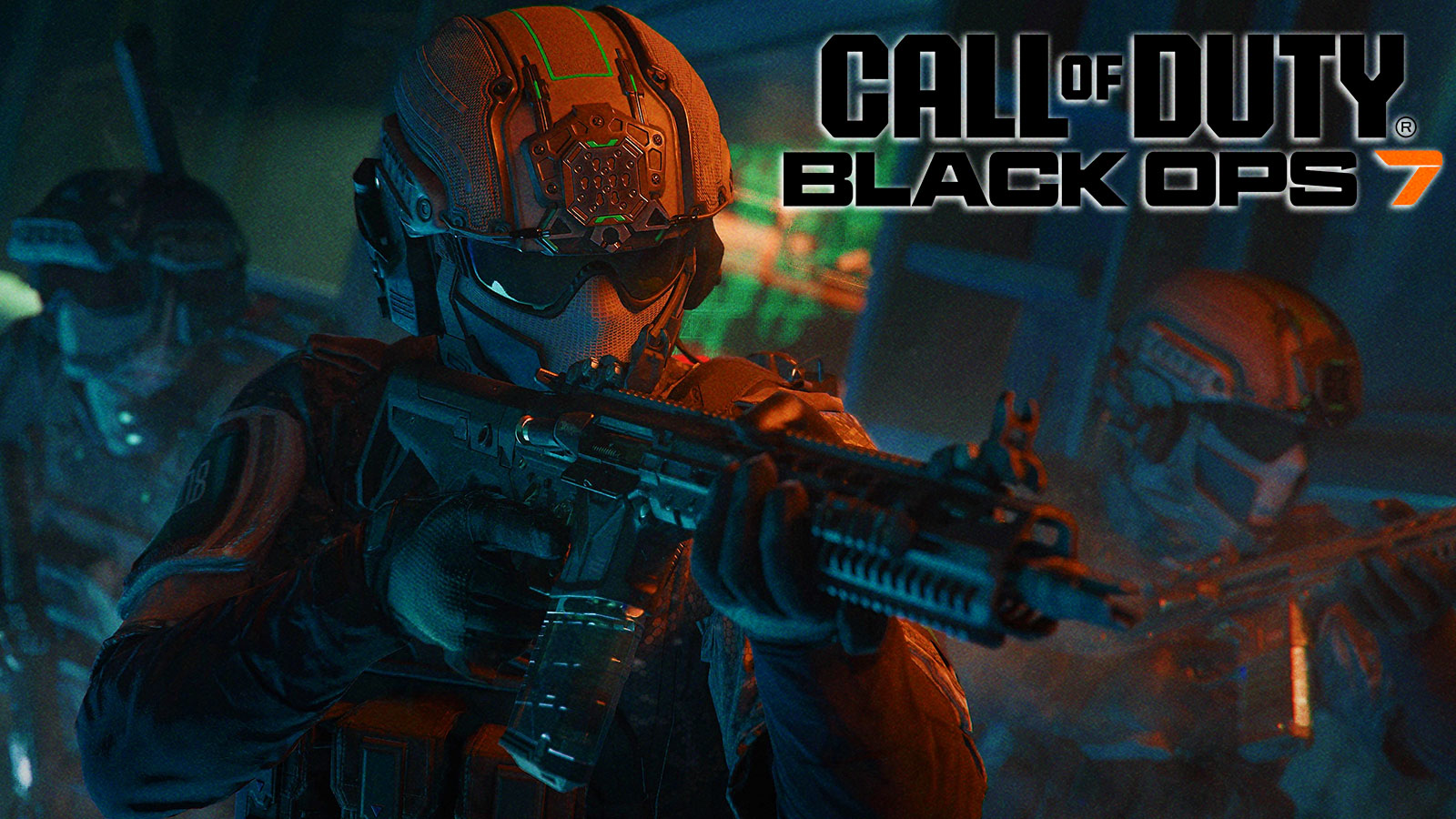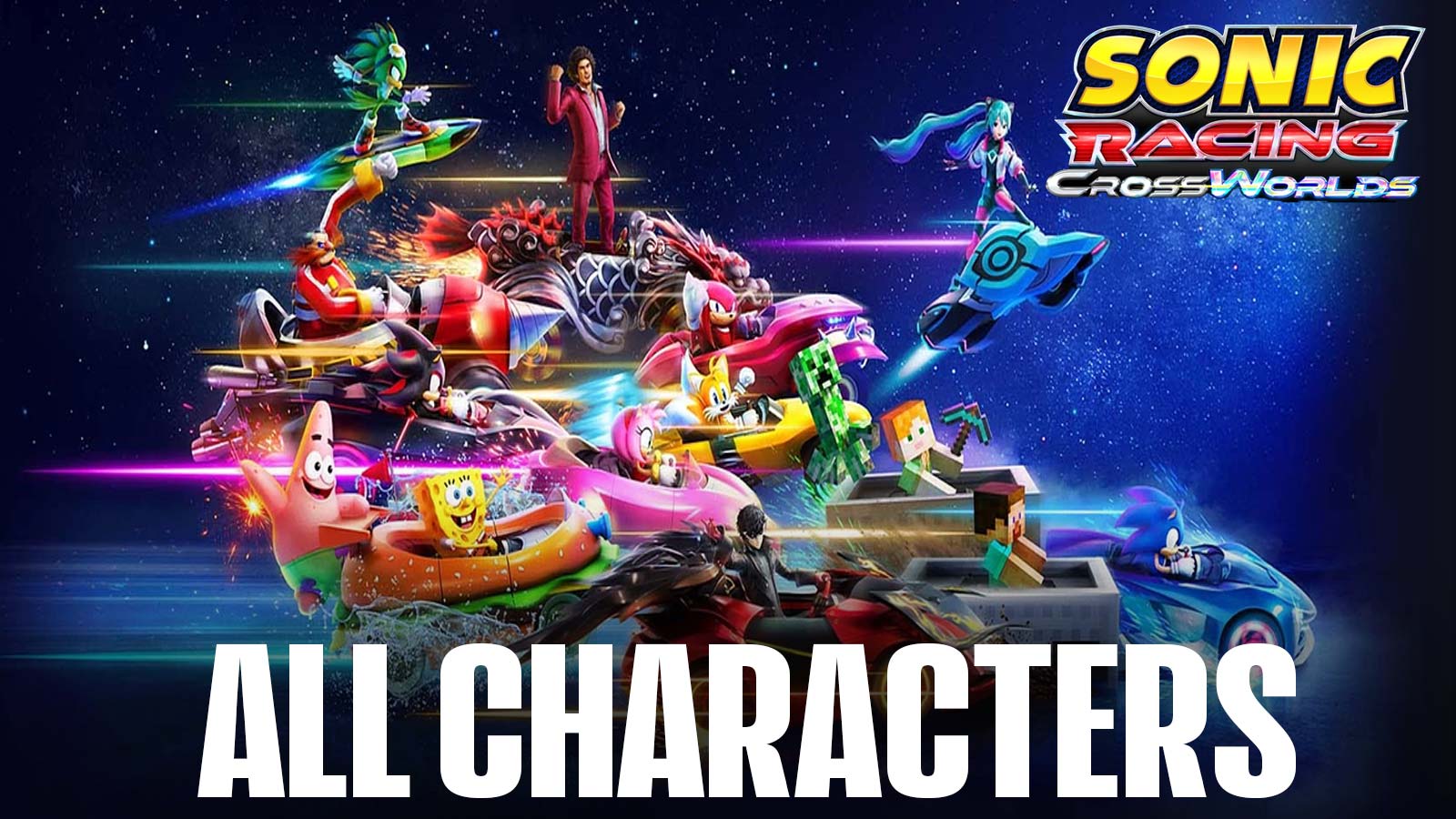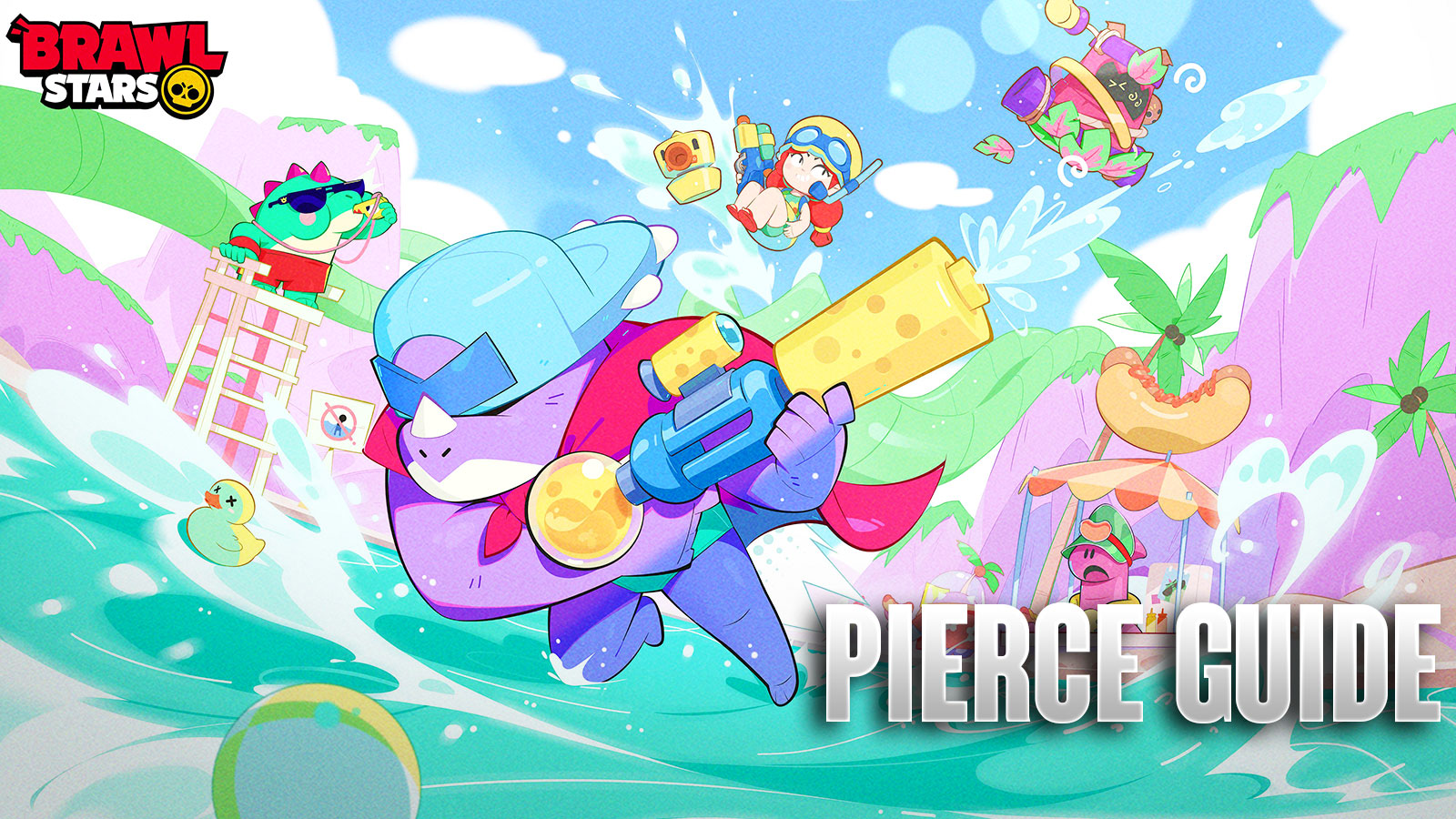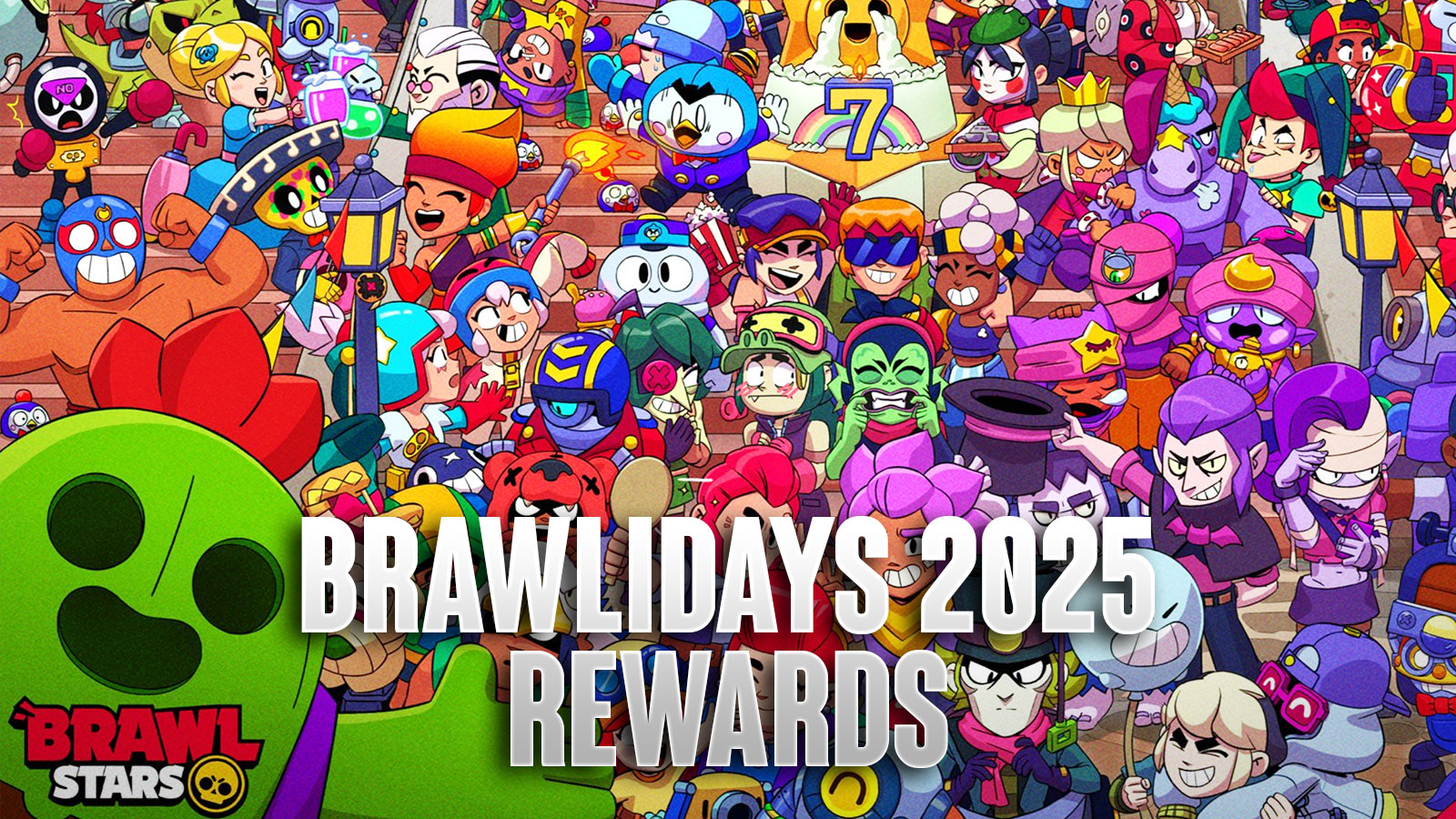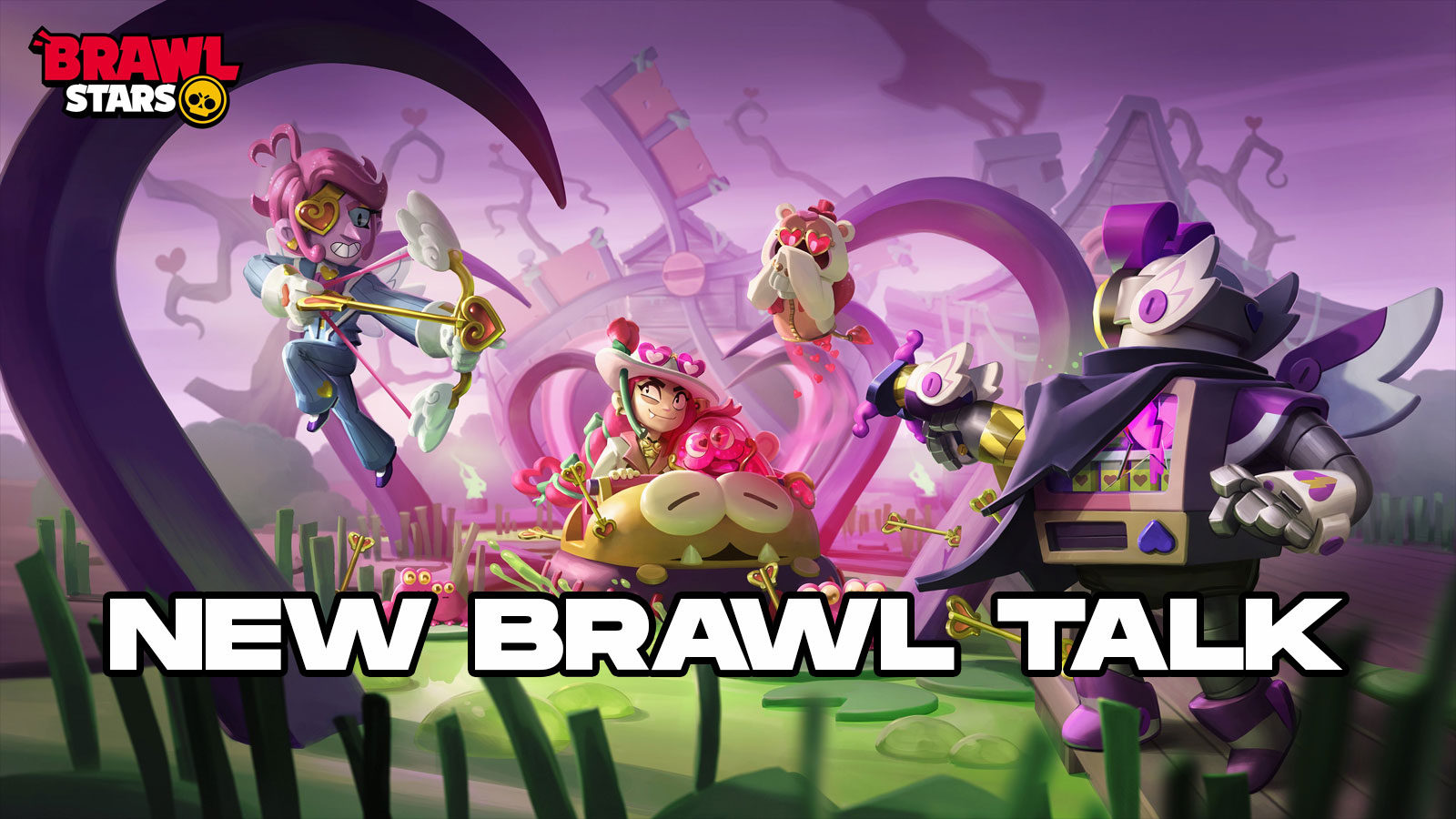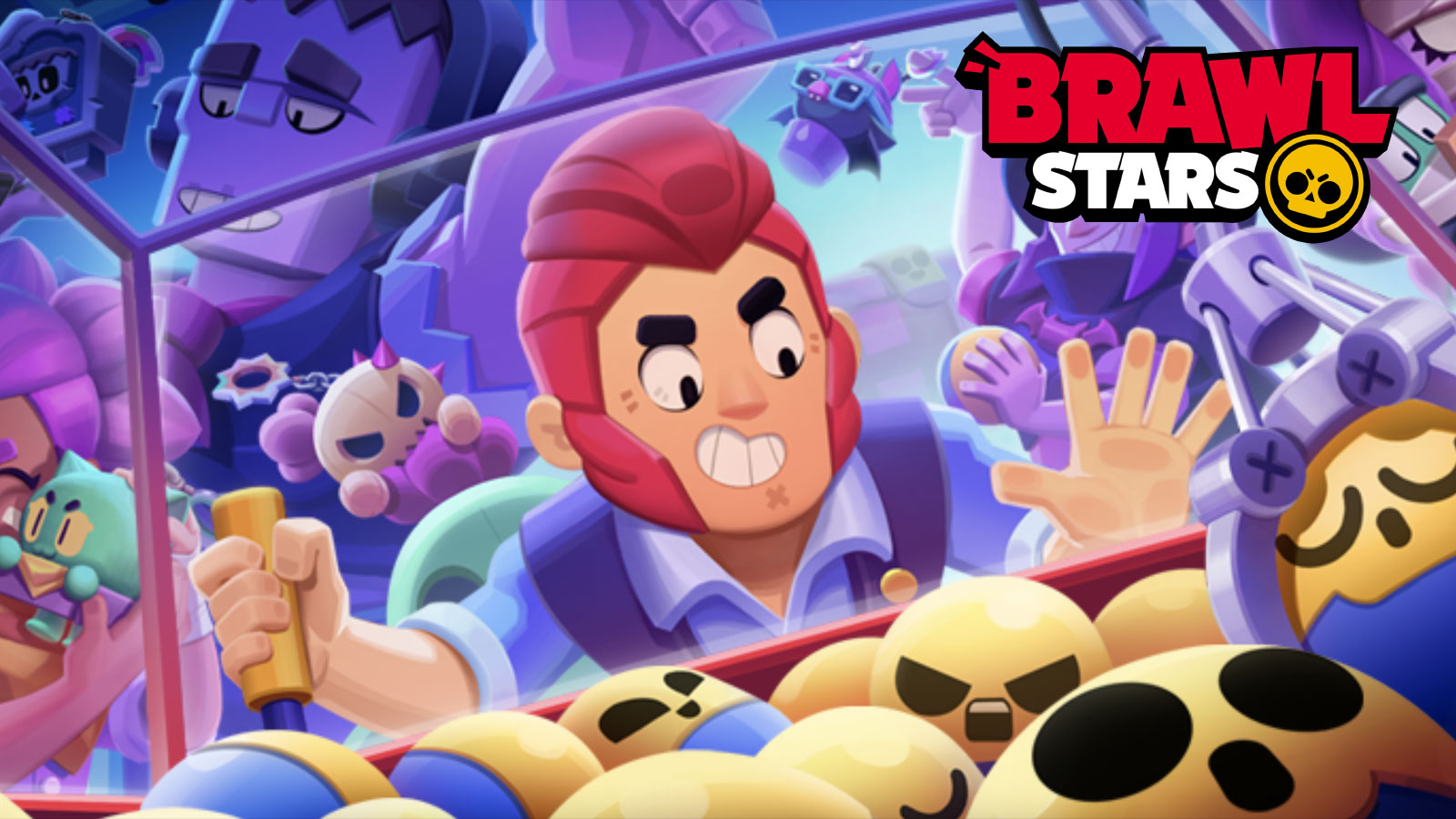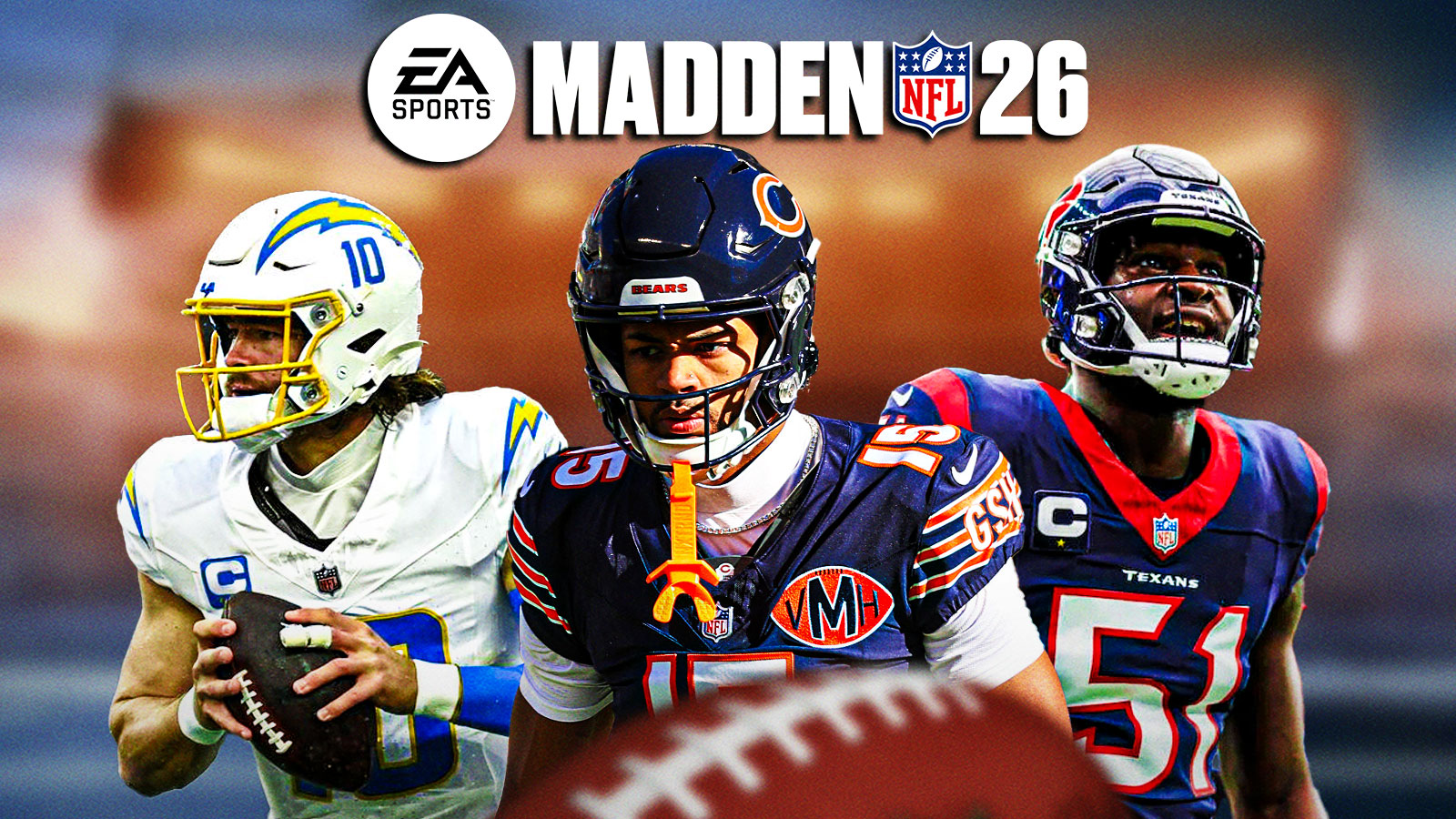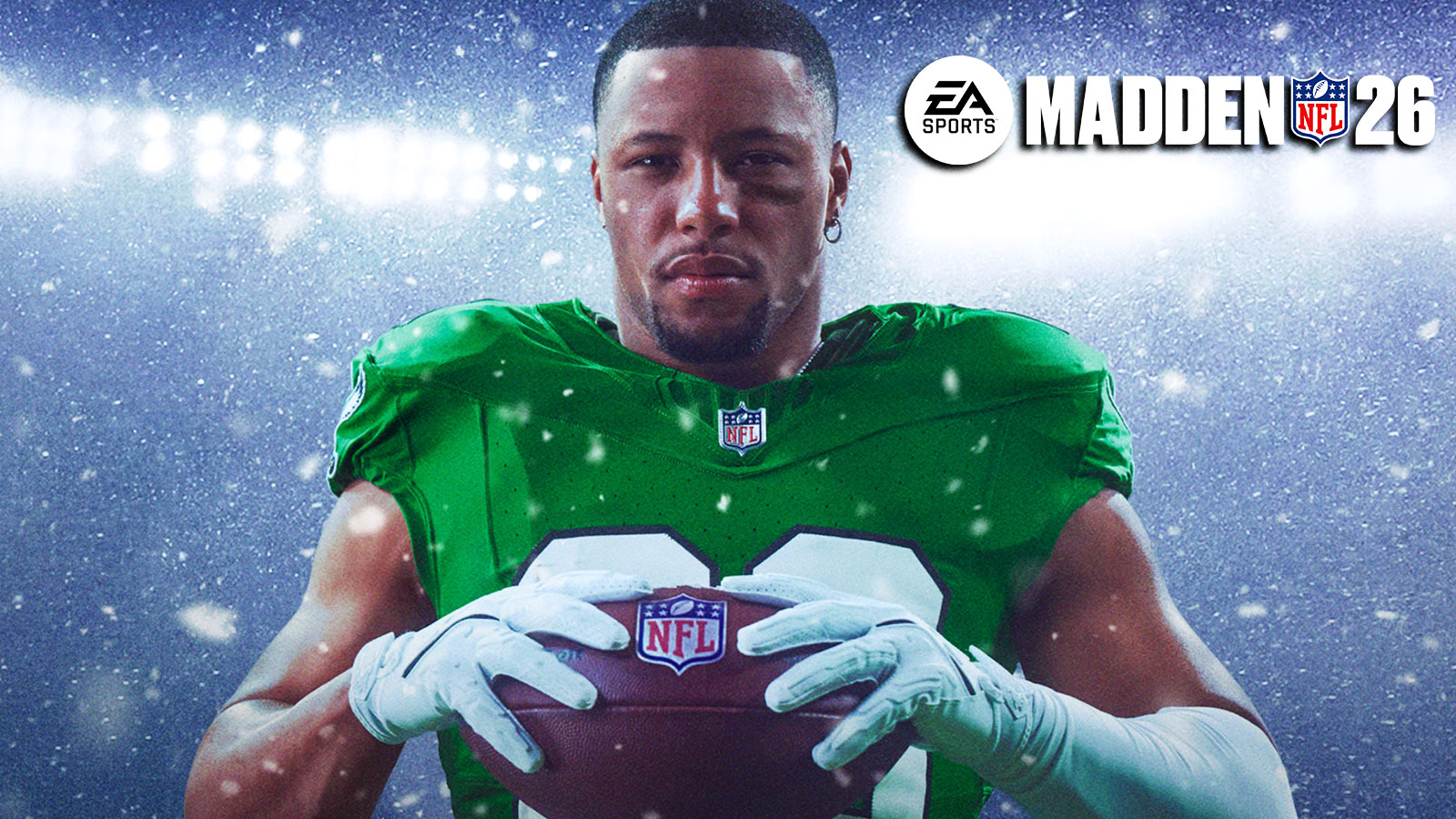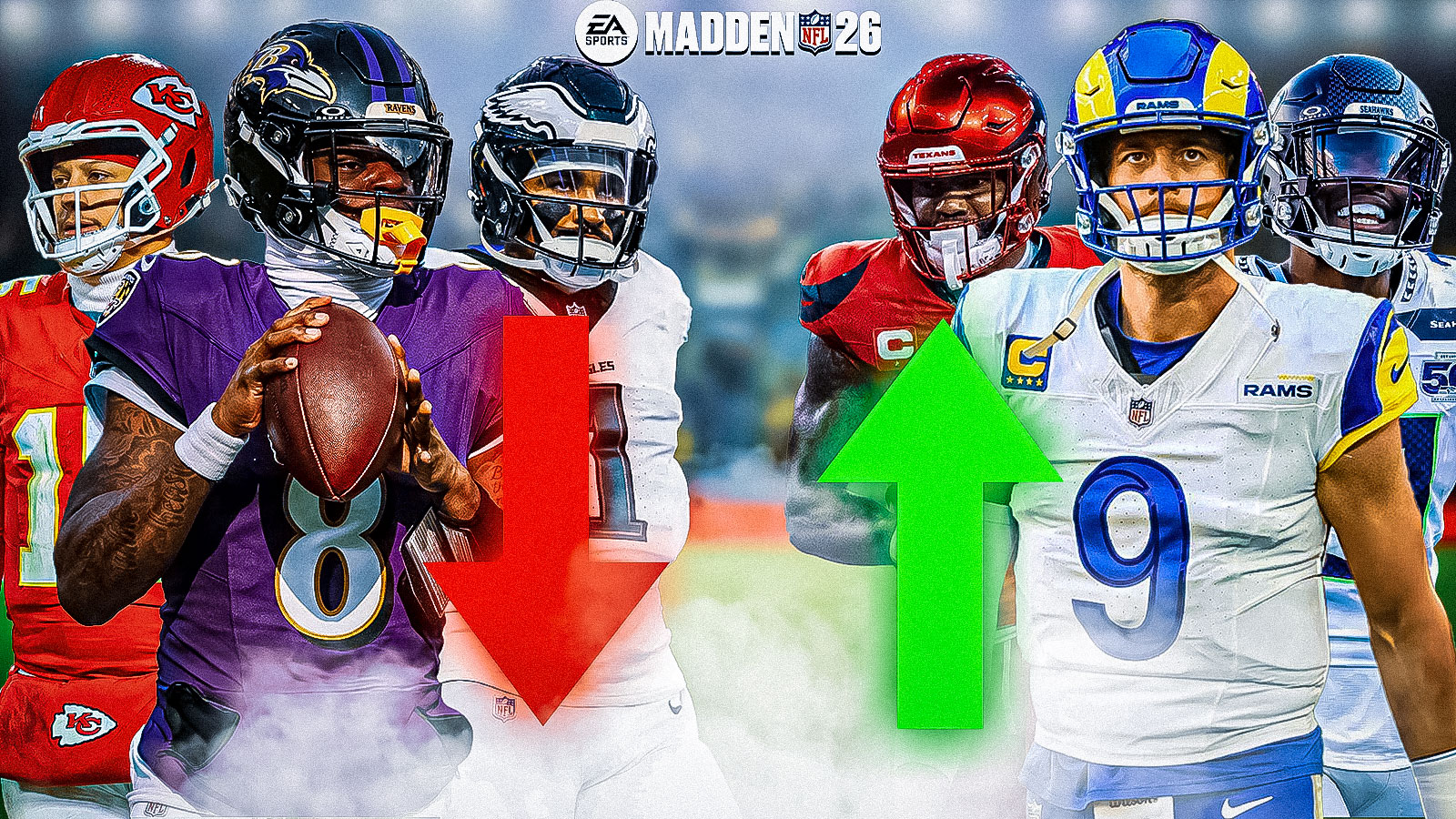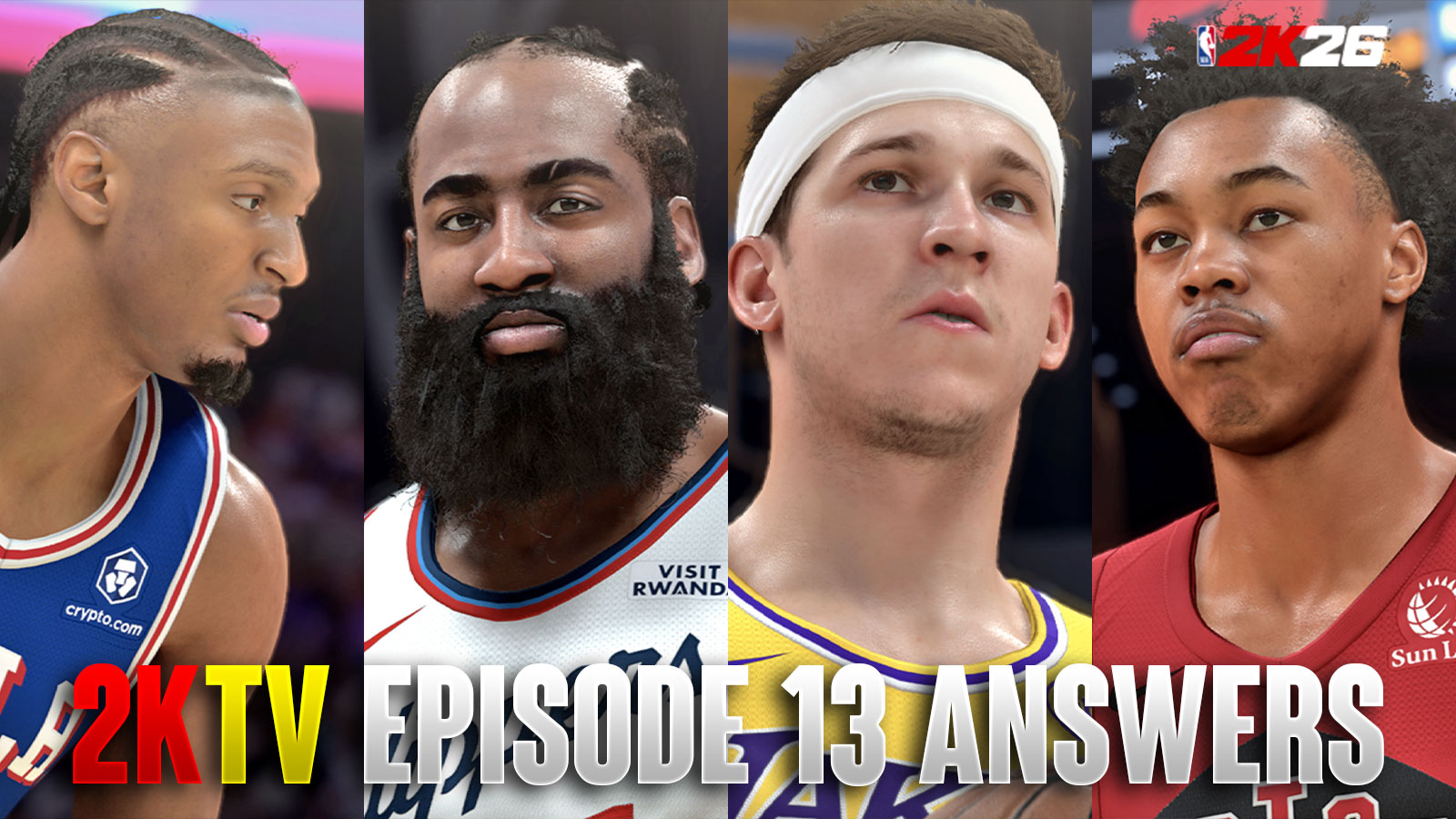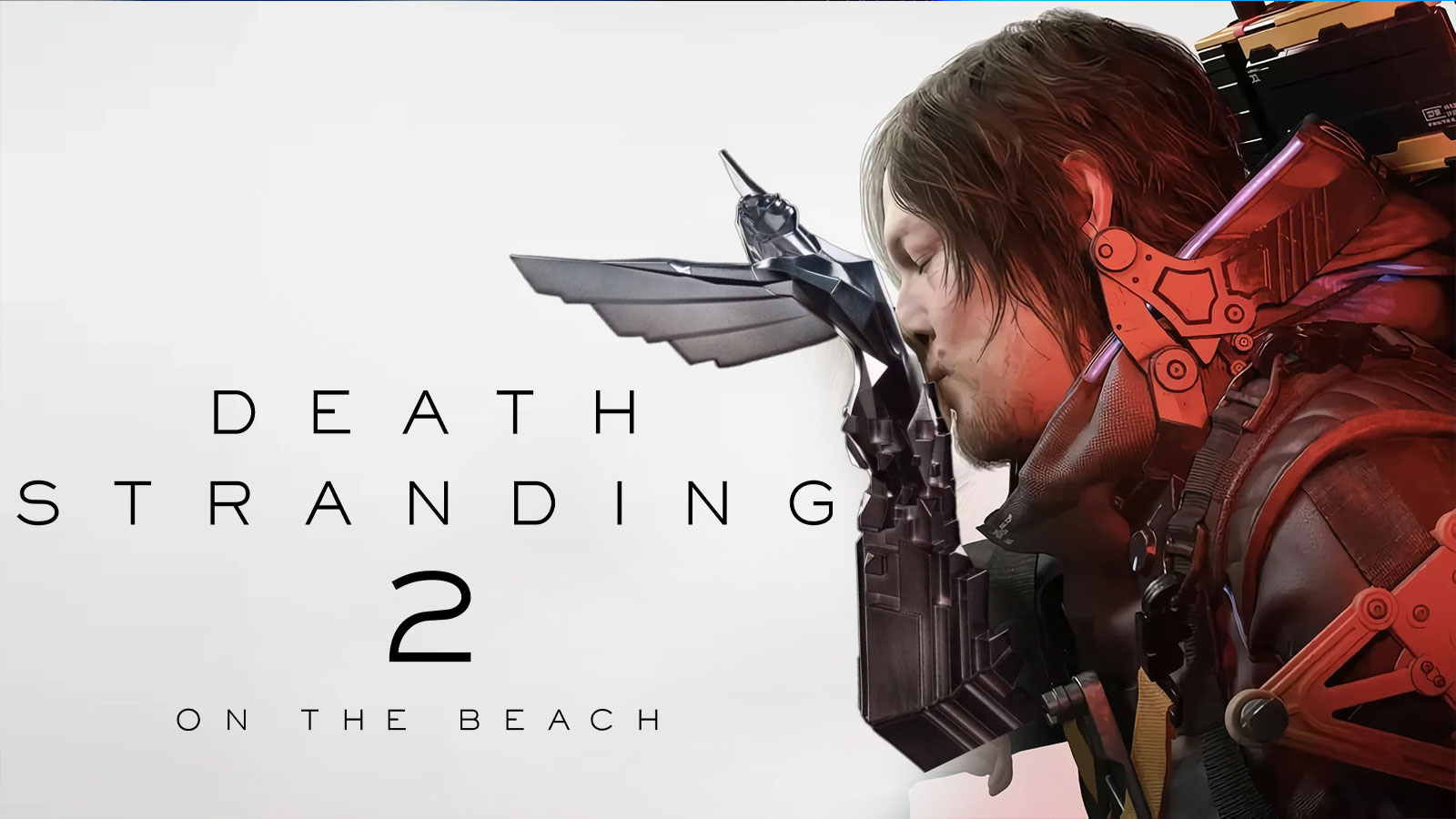The Prince of Persia franchise has been dormant for a while, and over a decade has passed since the last game from the series came out. Prince of Persia fans have been clamoring for a return, and while there's a Sands of Time remake in the works, there is still strong demand for a new third-person action adventure Prince of Persia game. So, when Ubisoft announced The Lost Crown, the reception was lukewarm. But when people actually got their hands on the game, one thing became clear: this may not be the Prince of Persia game everybody wanted, but it's a great Prince of Persia game nonetheless. In this Prince of Persia: The Lost Crown Review, we talk about how this game made by Ubisoft thirteen years after the latest one does justice to the legacy of the series, and how it is a great way for the franchise to get back on track, in spite of the heavy expectations that burdens its shoulders.
The Lost Crown Review: What is Prince of Persia The Lost Crown?
Prince of Persia: The Lost Crown Animated Trailer Reveal
Prince of Persia: The Lost Crown is a Metroidvania Action Adventure 2D Platformer game released on January 18, 2024, on PC through the Ubisoft Store and the Epic Games Store, as well as on the Nintendo Switch, PS4, PS5, Xbox One, and the Xbox Series X. It was developed and published by Ubisoft.
As a Metroidvania, Prince of Persia: The Lost Crown places heavy emphasis on exploration and platforming. Many of the game's platforming puzzles will block the player's progress and prevent them from accessing collectibles and new locations. To proceed, players will have to unlock new weapons or abilities that will allow them to solve the puzzles, access new areas, and explore more of the locations that are in the game. Backtracking is naturally part of the game, requiring players to return to previously visited locations when they unlock new abilities. There are also a lot of collectibles and unlockables for the players to find in this 20-25 hour journey.
As a Prince of Persia game, The Lost Crown delivers in spades challenging combat and platforming through the entirety of the journey. While the game focuses on a single mega-location: Mount Qaf, the game offers a variety of biomes for the players to explore and discover, each one with its own platforming gimmicks and secrets. Even though the game isn't reminiscent of the more recent 3D Prince of Persia games, the platforming DNA is visibly clear here, obviously inspired by its classic 2D ancestors.
Prince of Persia: The Lost Crown Gameplay
Prince of Persia: The Lost Crown Reveal Gameplay Trailer
Prince of Persia: The Lost Crown offers a very elegant and graceful gameplay experience with the player character, Sargon of the Immortals, as its vehicle. Sargon is crafty, acrobatic, and athletic, capable of jumping to high places and moving his body accurately. This translates to very fluid movement and responsive controls that allow Sargon to move precisely based on your directional and button inputs.
These precise and responsive controls serve as the foundation of the rest of the game: its exploration, platforming, and combat. Let's talk about each one.
In exploration, players can experience unfettered traversal, moving like a ghost across platforms and past enemies that you're not interested in engaging at the time, allowing you to move from one location to another with ease. For a game with a checkpoint system that has a big emphasis on backtracking, this is great. You wouldn't feel hindered by enemies when you're trying to get back to where you died, nor would you feel hindered by the obstacles that you've already overcome before. For some reason, this game endows muscle memory to your thumbs and fingers quickly, allowing you to memorize intricate movements needed to traverse platforms.
If in case you do end up getting your progress stumped by some platforming challenges, the game does its best to not get in your way to solve them. Indeed, the controls are smooth as butter, with fantastic aerial traversal and impressive backflipping. This means you can move Sargon mid-air for very minute movements required for you to avoid traps and obstacles, necessary to proceed to the next stage. The precise controls make the platforming challenges fair, putting success all in the hands of the player with no room for blaming anything else but their sweaty hands.
Platforming is also balanced in a way that prevents players from solving puzzles with brute force. Other games would give players moments of invulnerability when they get caught in a trap, allowing them to bypass the trap entirely for a short period of time. In Prince of Persia: The Lost Crown, this is prevented by instead throwing the player back to the beginning of the platforming puzzle instead, making sure that you have to solve the platforming segments without relying on thick health bars to force your way through.
What makes the game as fun as it is, though, is its fast-paced and intricate combat system. Remember the enemies we were talking about earlier that you can just zoom past? There's a good reason why you should avoid them when you're trying to go someplace else. The combat in the game is challenging – not only for boss fights but even for the grunts. While no grunt should be difficult enough to stop you from progressing through the game, they pose enough challenge for you to stop and think about how you should engage them, instead of just mindlessly mashing buttons until their health diminishes to zero. The platforming environment adds complexity to the combo-based combat, giving players ample opportunity to use the game's moveset either to their advantage in combat or simply for personal expression. Got an opponent just right above you that you can't reach? Use the Chakram to hit it from the ground, or jump up and use a combo to drive it down the floor. There's also an exceptionally crafted parrying system that feels as satisfying to pull off as it is deadly for the receiving end. But be wary, though. The game balances your abilities by punishing you for mistimed parries or when you dodge too early by hitting you with extra damage.
Boss fights are also varied and exceptionally paced. The difficulty spikes aren't too surprising. Though there are repeat encounters against some of the bosses, the fights never feel the same, and they're always fresh and climactic, giving players a thrilling experience every time.
I'm spending another paragraph here to talk about the game's combat some more because it's such a treat to learn and execute that it deserves its own space in this Prince of Persia: The Lost Crown review. Even with just the initial tools of the trade, Sargon's twin blades are versatile enough to give players a lot of options in fighting. The game has a simple-to-use three-button combo system that leads to different outcomes based on whether or not you hold the attack button or if you are sliding toward a direction when attacking. With just three stages to the combo, there are already dozens of different attack combinations that are open for you to utilize, either to break the enemy's guard, propel them into the air, or drive them back on the ground. Heck, there are even many different ways for you to juggle enemies in mid-air, and being able to execute these combos – all thanks to the game's precise and responsive controls.
That's not to mention yet the abilities that you can obtain in the game. Just like any proper Metroidvania, you can unlock new weapons and abilities as you explore new areas in Prince of Persia: The Lost Crown, giving you new options for both traversal and combat. What's so fun about these unlockables is that a majority of them have applications for both platforming and fighting, so they never feel like a waste of space or just an obligatory “key” you need to obtain to progress through certain points of the game that are arbitrarily set there just to pad the game out. No, every new ability you gain adds new depth to how you interact with the environment and with enemies, keeping the experience fresh and making them all feel like welcome additions to your arsenal.
The game won't be a Ubisoft game without accessibility options – as Ubisoft games nowadays are wont to do, the game has tons of accessibility options not only in terms of visual and audio accessibility but also in gameplay accessibility. There are options that are available to everyone regardless of difficulty – like the guided mode that gives more visual hints in maps on where to go next, to hints given out by NPCs that you can buy if you need a little bit more help figuring out what has to be done next, and of course, the game's Memory Shards and Vision systems that allows you to take screenshots of rooms in the game for you to use as reference later on when backtracking – to options that will allow players with less gaming experience still go through the game – like the option to have easier combat by increasing your damage while decreasing opponents' damage, auto-aiming Sargon's strikes, or even the ability to skip difficult platforming segments. These accessibility options are never invasive and are not shoved down anyone's throat, so they're a welcome feature that makes games such as this much more inclusive.
Prince of Persia: The Lost Crown Graphics
One of the biggest talking points about this new entry to the beloved franchise is its graphics and art direction. No one asked for a cel-shaded art style for a Prince of Persia game, nor did anyone ask for an aesthetic that looks remotely cartoony or animated. Yet here we are, playing Prince of Persia: The Lost Crown and realizing that this art design is perfect for the game and what it's trying to convey. While it goes against the usual flavor of the franchise, this new tone and flavor freshen up the series in a way that convinces you that this is the new path the series needs to be on.
While this aesthetic will definitely be a hard sell for any future 3D action-platformer for the series, it's definitely worth keeping around for these kinds of games. If Ubisoft is planning to have more games under this banner, then this should be how they all look like. The flair, bravado, and creativity that this art direction allowed the developers to unleash is unique and sets it apart from other games in the same genre. In my point of view, no other Metroidvania looks and feels this way, so it's a great way for Ubisoft to carve its own niche in this otherwise crowded genre.
The game's art design allows the level designers to convey hints to the players without them knowing. I know that this is a pretty standard affair for video games, but the way that the art direction is made allows the level designers to add visual cues that never look out of place, never look too obvious, and are always the same color palette as the environment, making them feel more like a natural part of the environment instead of contrived elements that are added for gameplay purposes. They also hint at what you can do to the environment, making it fairly obvious where your new abilities can be used. For example, I immediately recognized that the Chakram can be used to pull circle-shaped levers that I remember passing by previously in other biomes.
Finally, The animated sequences are also a treat to watch. Completing boss fights and getting rewarded with short fight sequences always gives each boss encounter a definitive end, marking your success with a celebratory cutscene. The way they drive the narrative forward is also fun to watch, and no animated sequence overstays their welcome – no elaborate cutscene that kills the momentum of the game. They're all the right length, and they always succeed in moving the story forward and keeping you invested in the game's story.
Prince of Persia: The Lost Crown Story
Prince of Persia: The Lost Crown Launch Trailer
If the game had one fatal flaw, it would be the story. Not that the story for Prince of Persia: The Lost Crown is bad, it's just not as good as everything else in the game. It's a narrative with a slow build, predictable progression, and an okay conclusion.
The story follows Sargon and his fellow Immortals. It starts with a celebration as the Persians drove off an attack by their enemies, only for it to be cut short when Prince Ghassan gets kidnapped by one of their allies. They take off to Mount Qaf, a divine place once resided by the Persian God of Time and Knowledge Simurgh, now haunted by a temporal curse that bends time and space for those lost within its citadel.
The Immortals chase the Prince's captors throughout the Citadel and its adjacent areas, only for them to fall to the curse as well, leaving only Sargon the lone Immortal who could pursue the captors and rescue the Prince.
The game's twists and turns can be heartbreaking, depending on how invested you get in the story, and its story is actually better told compared to most Metroidvanias in the market. However, just like any Metroidvania, its pacing suffers from the segmented way the story is told.
Prince of Persia: The Lost Crown gives players ample lore to delve into both with environmental storytelling and expository item descriptions and stuff you can read on walls, tablets, and books strewn throughout Mount Qaf. However, none of these stories ever felt compelling enough for me to want to read more, or were they engaging enough that it's the sole reason why I wanted to push through with the game.
While its story isn't bad, it wasn't the story of Prince of Persia: The Lost Crown that made me want to finish the game. It's the gameplay. And while that doesn't disparage the plot in any way, this should serve as a simple reminder for those looking for a story-rich game that they won't find one here.
Prince of Persia: The Lost Crown Music and Sound Design
Prince of Persia: The Lost Crown Full Album
The music composed by Mentrix and Gareth Coker for the game successfully sets the tone for the scene they're played in. Majority of the game, you'll just hear some faint jingles or a couple of chords from string instruments to occupy the background music – giving your mind space more room for exploration and combat. The music ramps up when you're in fight sequences or boss encounters, successfully drumming up the adrenaline and hyping the battle. There are also some emotional moments in the game accompanied by somber music. All of the songs are inspired by local Iranian culture thanks to local artist Mentrix, who worked with Gareth Coker to ensure that the game's music will resonant with Persian identity.
Meanwhile, the game's sound design is fantastic. Fighting against enemies never gets tiring because the sound made by your dual blades, arrows, and chakram is crisp. Hearing them hit is rewarding, especially after getting blocked by an armored opponent multiple times before you successfully parry them (which also comes with its own rewarding sound effect) or break their guard. Boss fights are also exponentially more fun because hitting them with your blades just feels so satisfying. The cartoony sound of the blade slicing through flesh – a rather morbid description for something so harmless I'm trying to describe – sounds so satisfying to hear and borderline addictive.
While the game doesn't have a counterpart to The Legend of Zelda's tune that plays whenever you finish a puzzle, the game's use of environmental sound effects does the job pretty well, too. You know that there's a new room that opened thanks to the sound of stone moving and grinding against stone. You know you've sprung a trap because of the sharp sound of steel grating against the ground. You know that you unlocked a secret because of the clink of a treasure chest opening. This smart use of sound effects makes exploration and puzzle solving much more rewarding, giving our brains a cue to produce dopamine to rush into our bloodstreams.
Verdict: Is Prince of Persia: The Lost Crown a Good Game? Is Prince of Persia: The Lost Crown Worth Your Time and Money?
We hope that in this Prince of Persia: The Lost Crown review, we've adequately shown you reasons why you should at least try out this game. It has a demo, after all, so there's no reason for you not to try it if it even remotely piqued your interest. But hopefully, with our The Lost Crown review, we've also given you enough reason to purchase the full game (at only $49.99 instead of the full $69.99 price) once you've tried it out for free. We assure you, even if this isn't the game many of you are looking for, it's a surprisingly fun experience, a complete package with no frills, microtransactions, or fillers. It's a well-polished, handcrafted world that was made with love and care by the developers who worked on it. Just try out the demo first and allow yourself to be surprised.
Don't take our word for it. Series creator Jordan Mechner even said that this game is the “Prince of Persia game I've been wishing for,” even if he himself was not directly involved with the production of the game. If the words of the person whose vision for the game won't convince you that this is in fact a worthy successor to the franchise we all love, then I don't know whose words would convince you.
Score: 8.5/10
Editor's Note: ClutchPoints received PS5 and PC review copies of Prince of Persia: The Lost Crown to allow us to cover the game. These copies did not, in any way, affect this Prince of Persia: The Lost Crown review and score.

